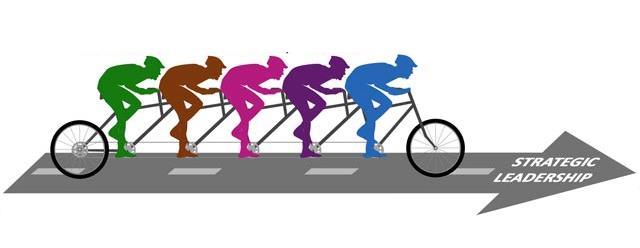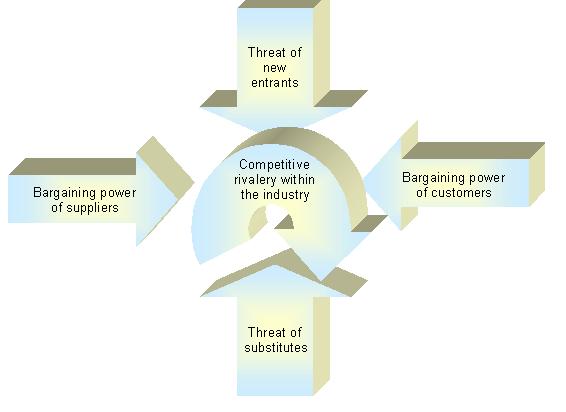The Shell Directional Policy Matrix (DPM) is another refinement upon the Boston Consulting Group (BCG) Matrix. Along the horizontal axis are prospects for business sector profitability, and along the vertical axis is a company’s competitive capability. Business sector profitability includes the size of the market, expected growth, lack of competition, profit margins within the market and other favorable political and socio-economic conditions. On the other hand company’s competitive capability is determined by the sales volume, the products reputation, reliability of service and competitive pricing. As with the GE Business Screen the location of a Strategic Business Unit (SBU) in any cell of the matrix implies different strategic decisions.… Read the rest
Strategic Management Concepts
Behavioural Issues in Strategy Implementation
It is vital to bear in mind that organizational change is not an intellectual process concerned with the design of ever-more-complex and elegant organization structures. It is to do with the human side of enterprise and is essentially about changing people’s attitudes, feelings and – above all else – their behavior. The behavioral of the employees affect the success of the organization. Strategic implementation requires support, discipline, motivation and hard work from all manager and employees.
Influence Tactics: The organizational leaders have to successfully implement the strategies and achieve the objectives. Therefore the leader has to change the behavior of superiors, peers or subordinates.… Read the rest
Strategic Leadership – What Does Strategic Leaders Do?
Strategic Leadership provides the vision and direction for the growth and success of an organization. To successfully deal with change, all executives need the skills and tools for both strategy formulation and implementation. Managing change and ambiguity requires strategic leaders who not only provide a sense of direction, but who can also build ownership and alignment within their workgroups to implement change.
Leaders face the continuing challenge of how they can meet the expectations of those who placed them there. Addressing these expectations usually takes the form of strategic decisions and actions. For a strategy to succeed, the leader must be able to adjust it, as conditions require.… Read the rest
Levels of International Strategy
The globalization of the economy, internationalization of businesses and emergence of new markets are all key themes in contemporary business. Whereas international business may once have been the province of organisations with sufficient scale and reach, these types of companies — typically multi-national corporations – no longer have a monopoly on this kind of business. Increasing numbers of firms, of varying scale, are confronted with compelling reasons for expanding their activities across multiple national boundaries. In some cases, such motivation includes the knowledge that success in international markets is a pre-requisite for survival; if competitor organisations succeed in international markets, they may achieve the scale and liquidity which affords them sustainable competitive advantage.… Read the rest
Sustaining international competitive advantage
Competitive advantage occurs when a firm is using a strategy that is currently not being currently implemented by any of its present and potential competitors. Sustainable competitive advantage continues to exist after the efforts by competitors to copy tat advantage continues to exist after the efforts by competitors to copy that competitive advantage have ceased. That means, the inability of competitors to copy the strategy makes for a sustainable competitive advantage. It is difficult to sustain a significant competitive advantage over a time without periodically revisiting the firm’s identity and purpose. For instance, reducing costs is not a true strategy because it simply provides a breathing space for the organization to formulate an appropriate strategy.… Read the rest
Porter’s Model of the Five Competitive Forces
The nature of competition in an industry in large part determines the content of strategy, especially business-level strategy. Based as it is on the fundamental economics of the industry, the very profit potential of an industry is determined by competitive interactions. Where these interactions are intense, profits tend to be whittled away by the activities of competing. Where they are mild and competitors appear docile, profit potential tends to be high. Yet a full understanding of the elements of competition within an industry is easy to overlook and often difficult to comprehend.
Porter’s Competitive Forces Model is one of the most recognized framework for the analysis of business strategy.… Read the rest


